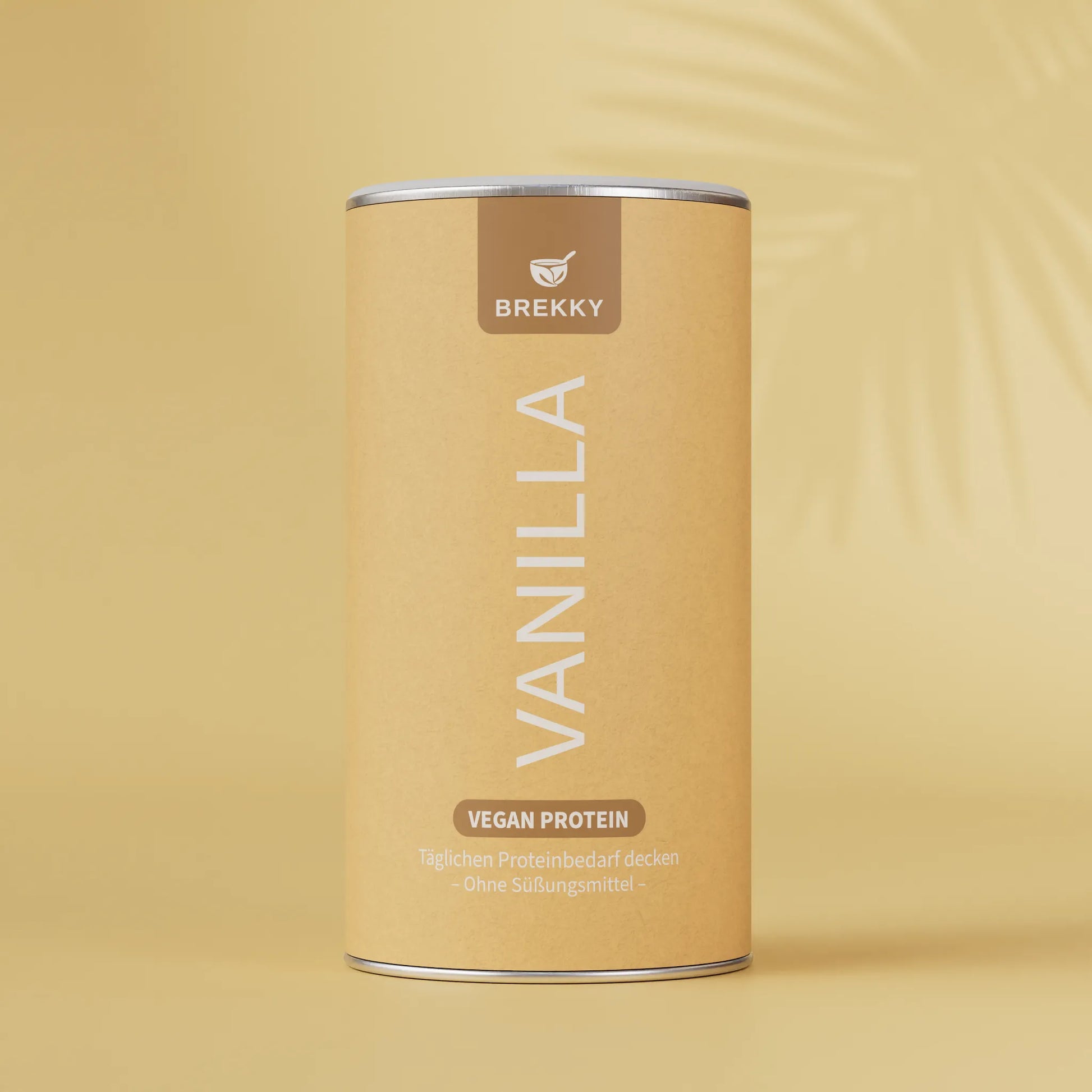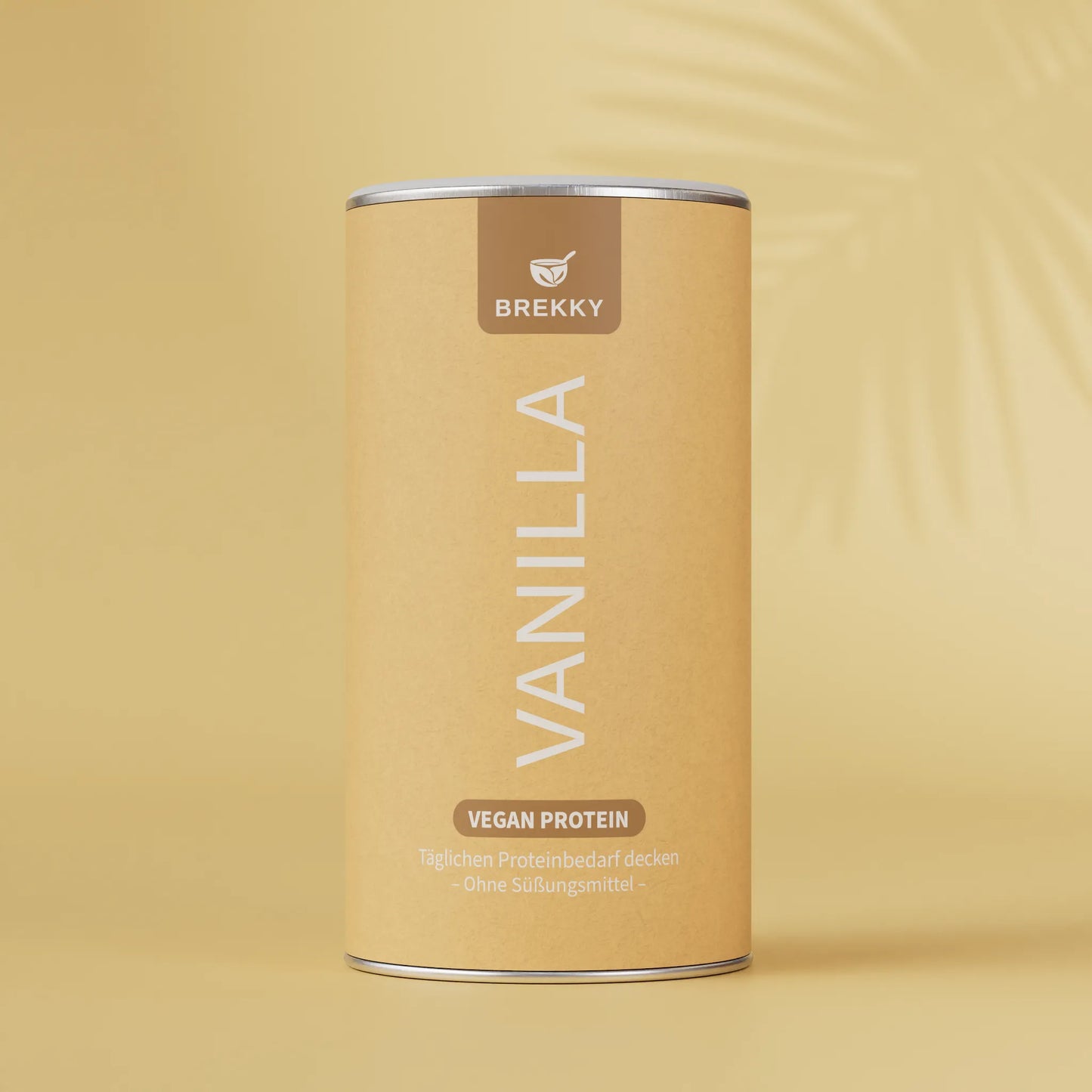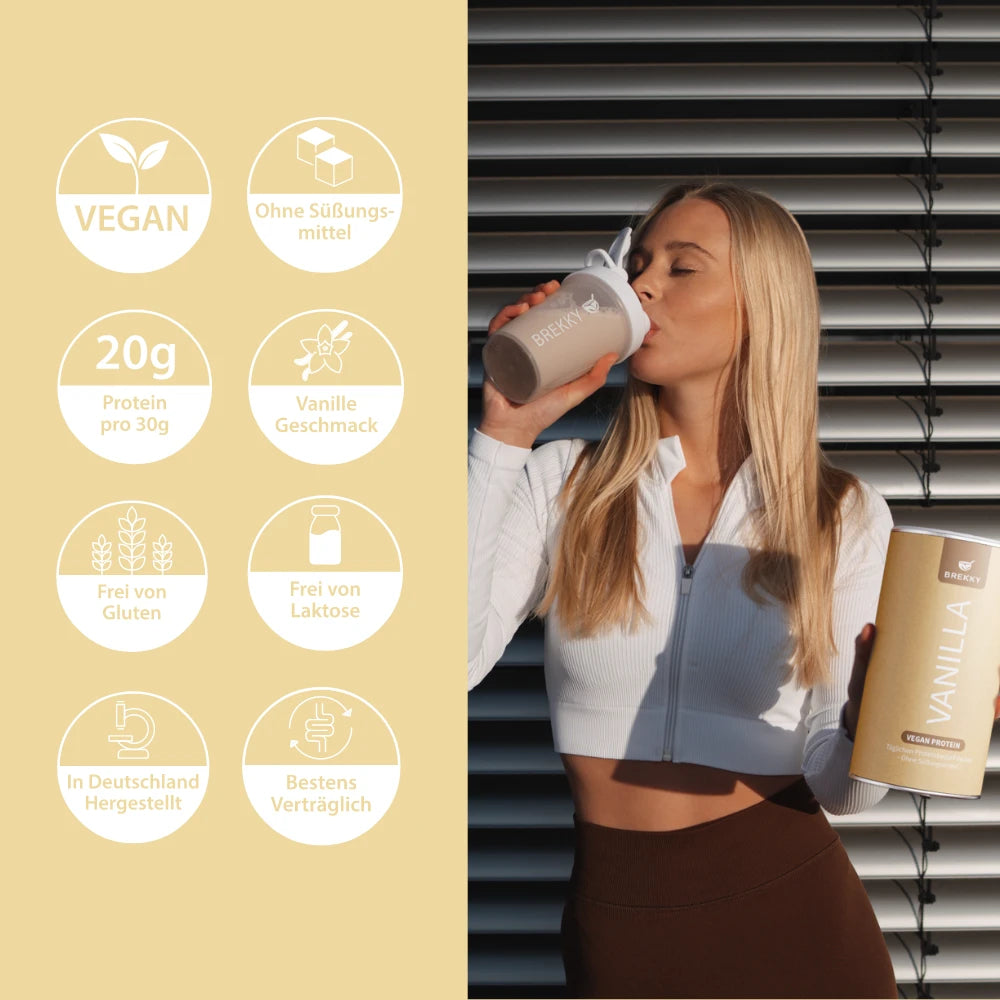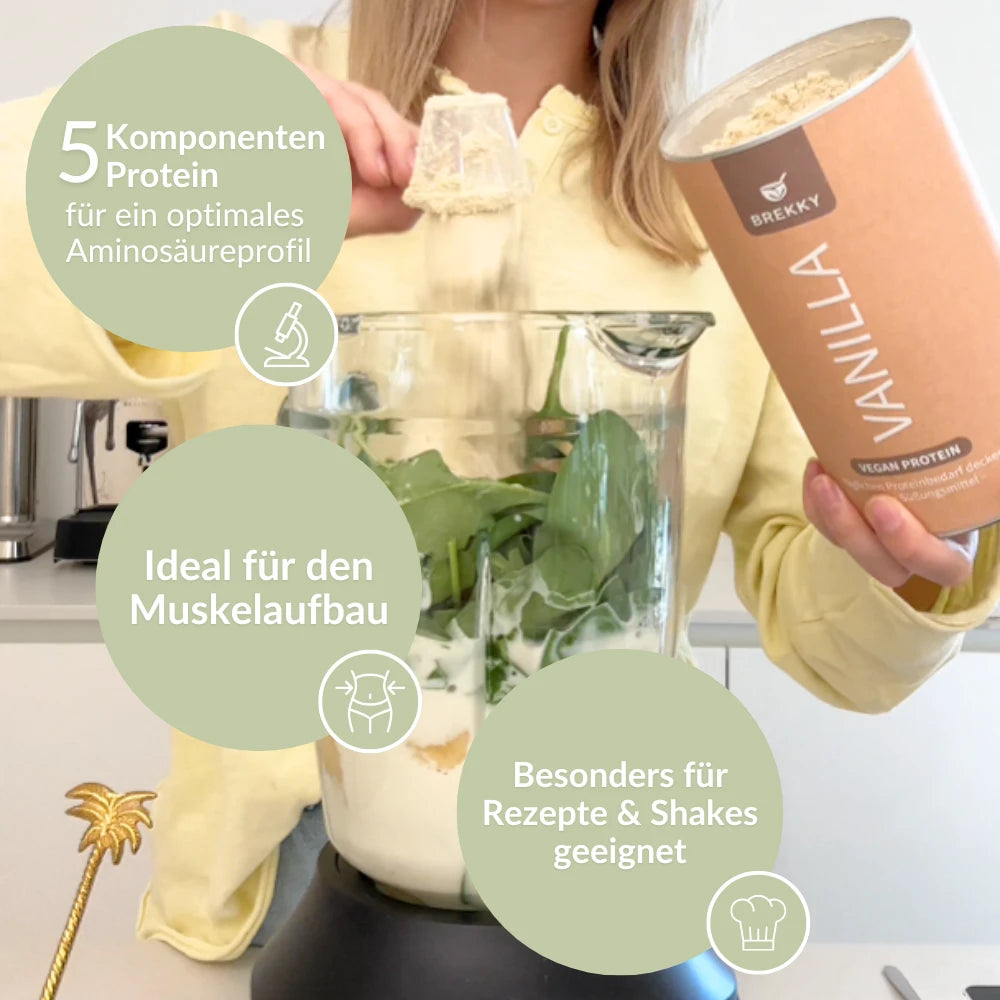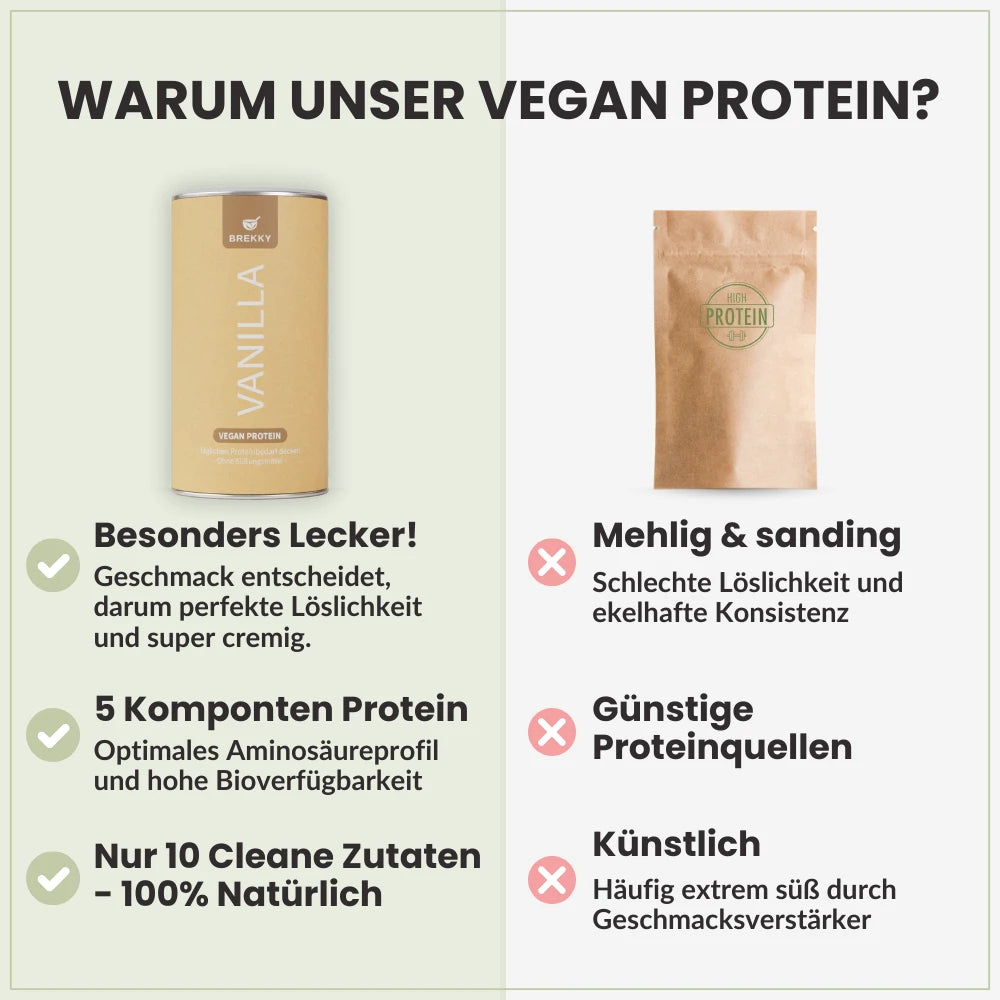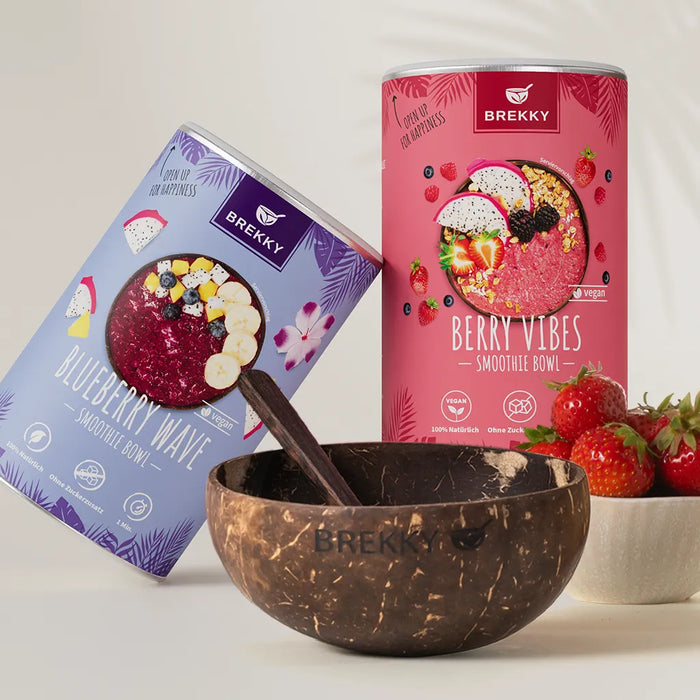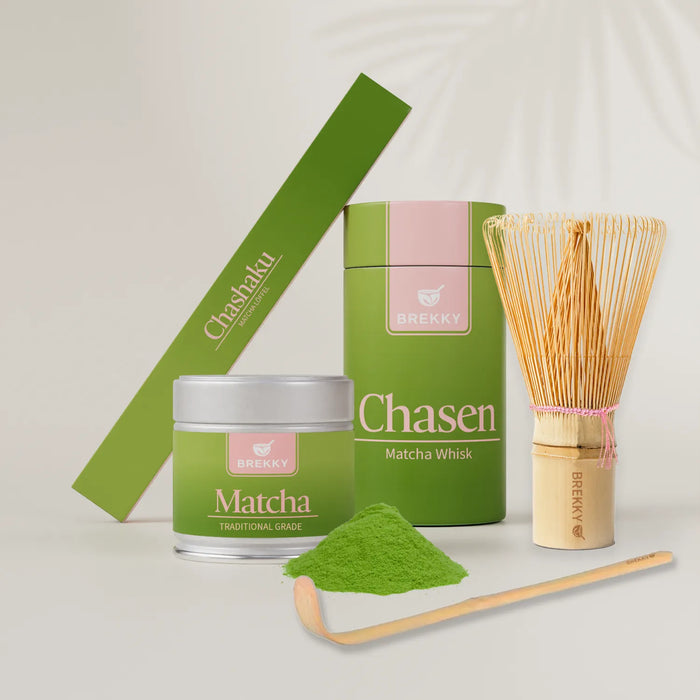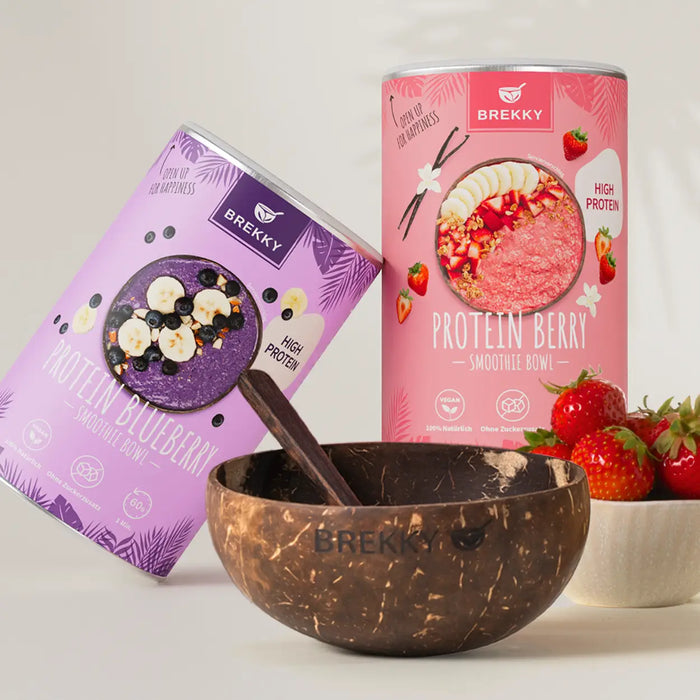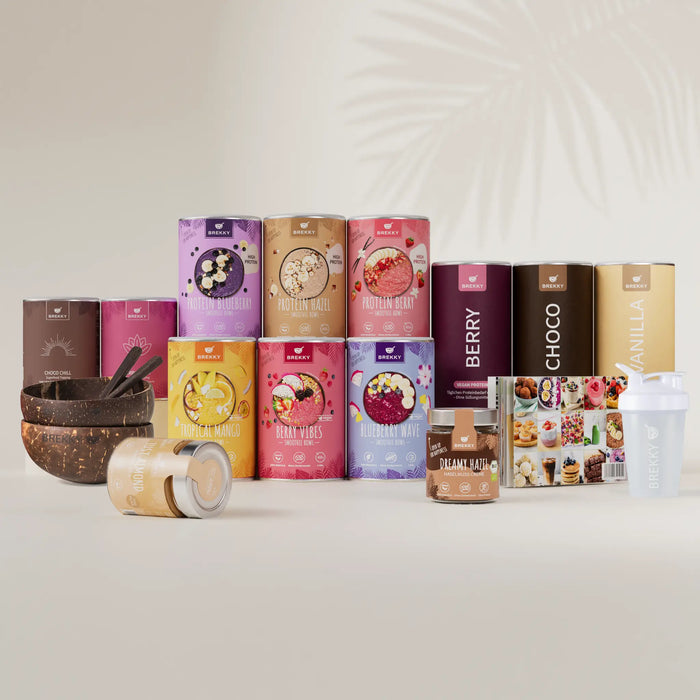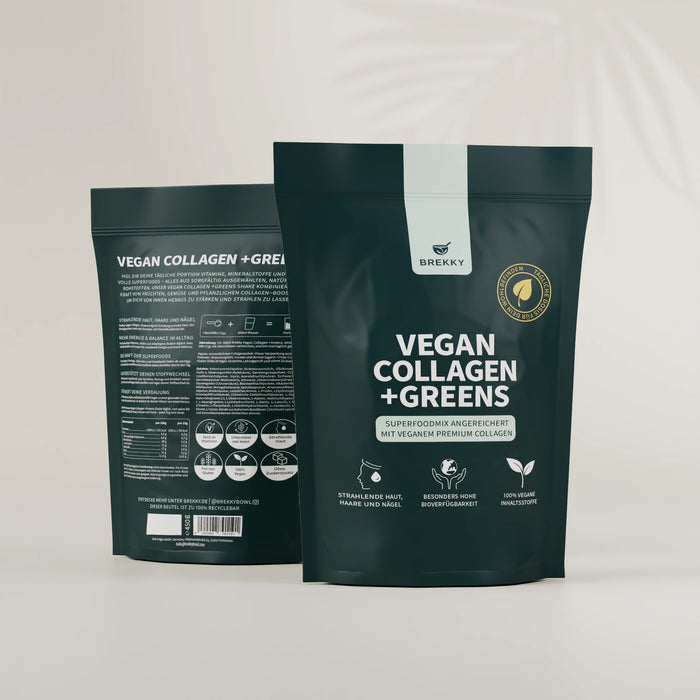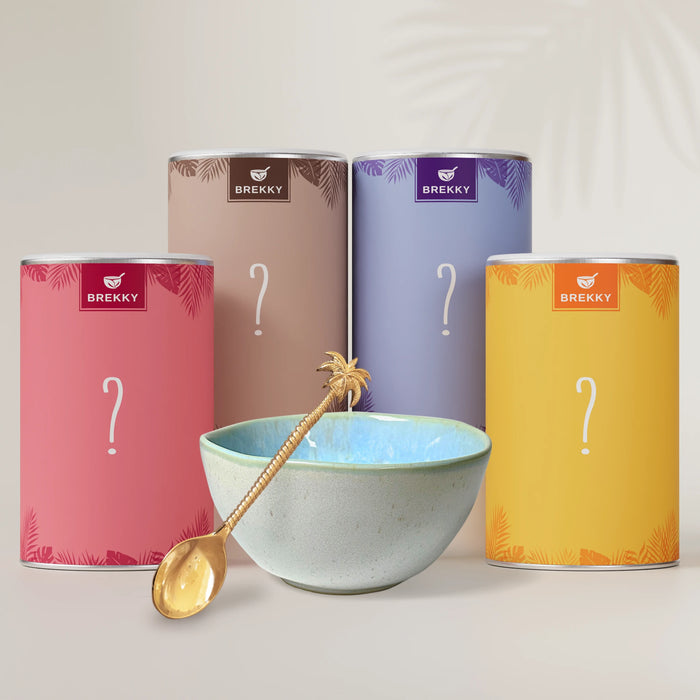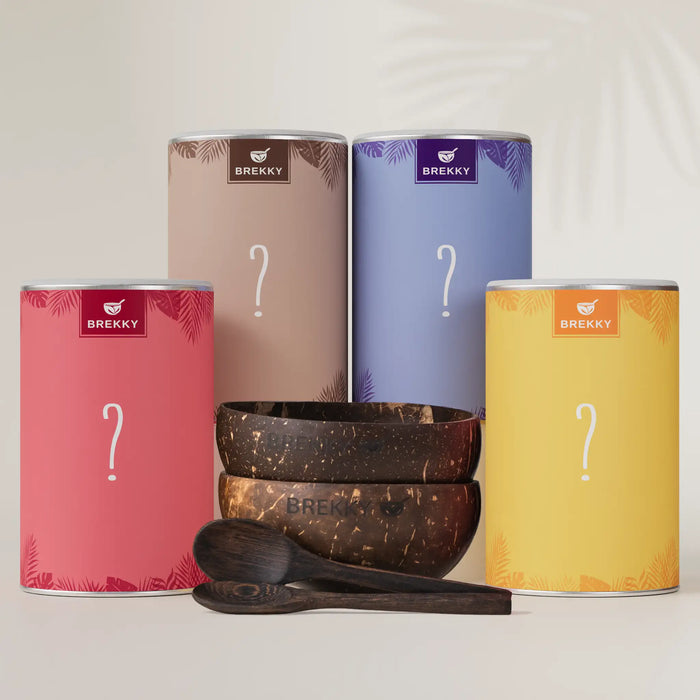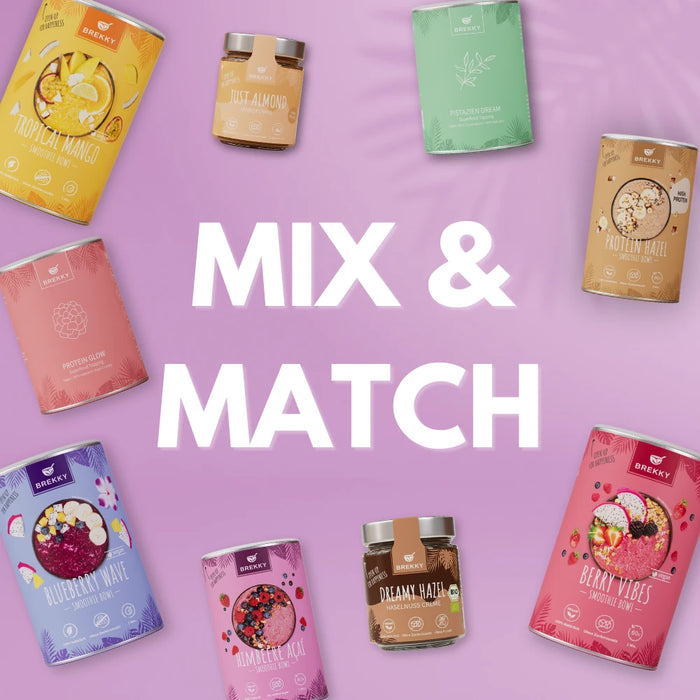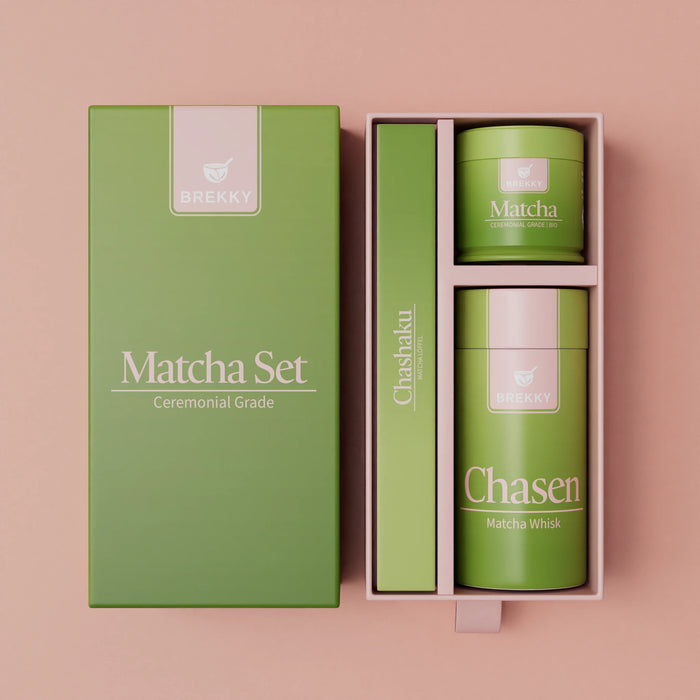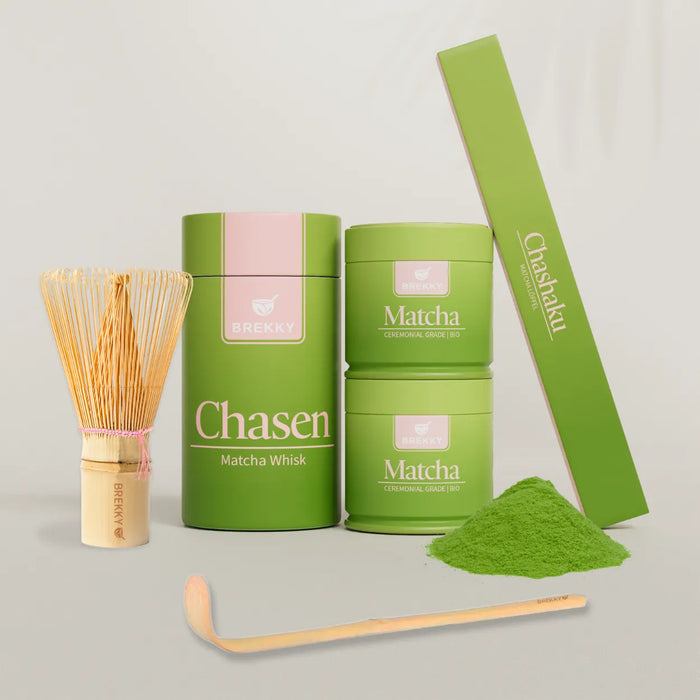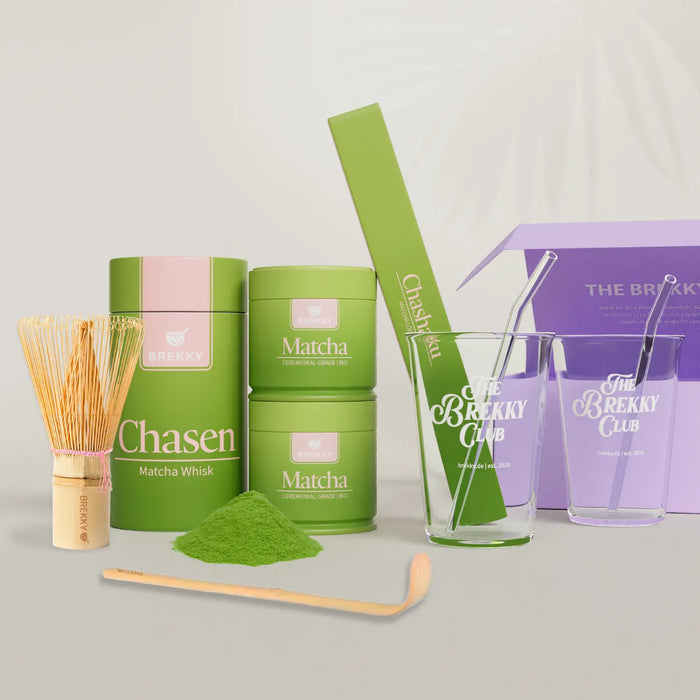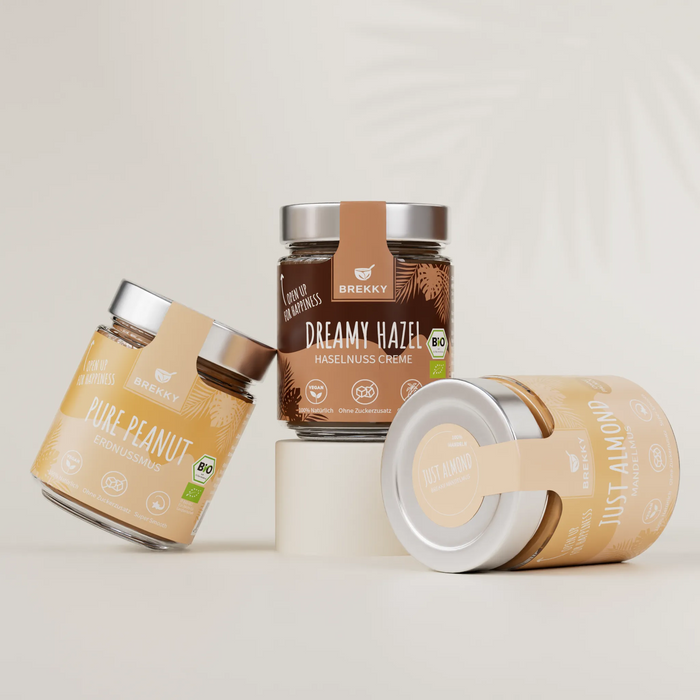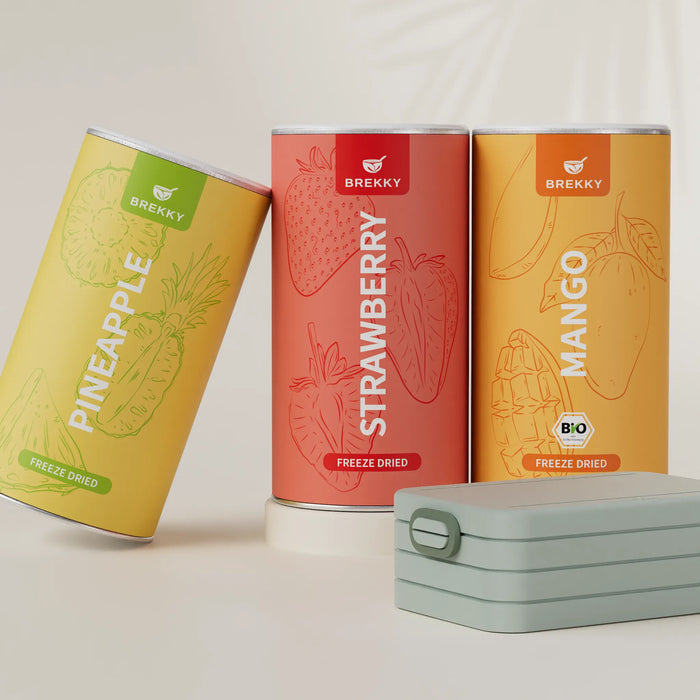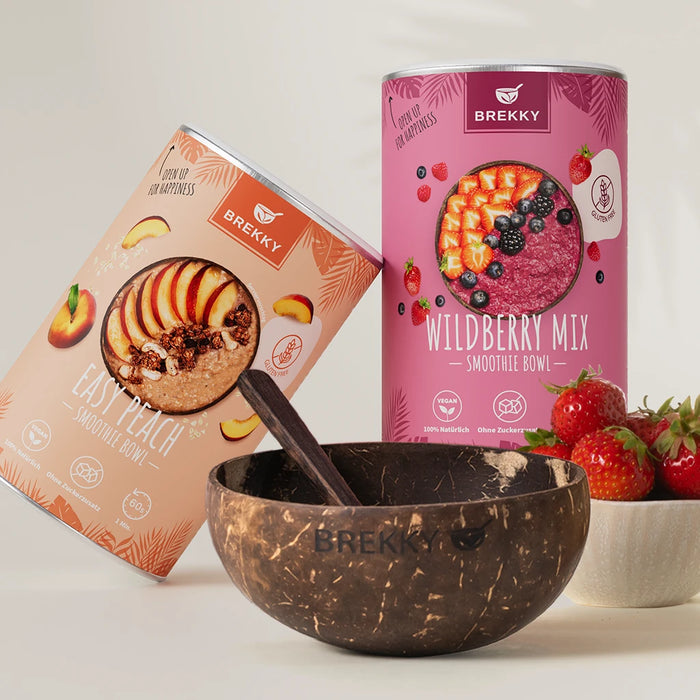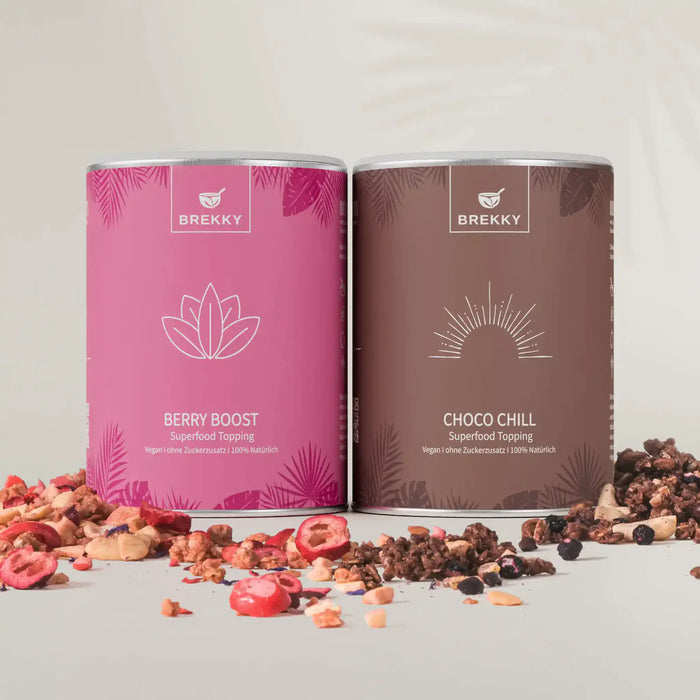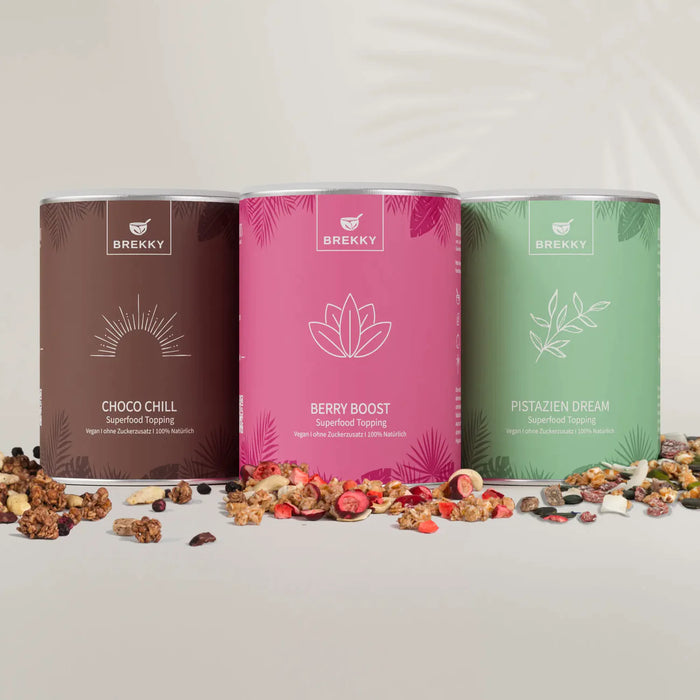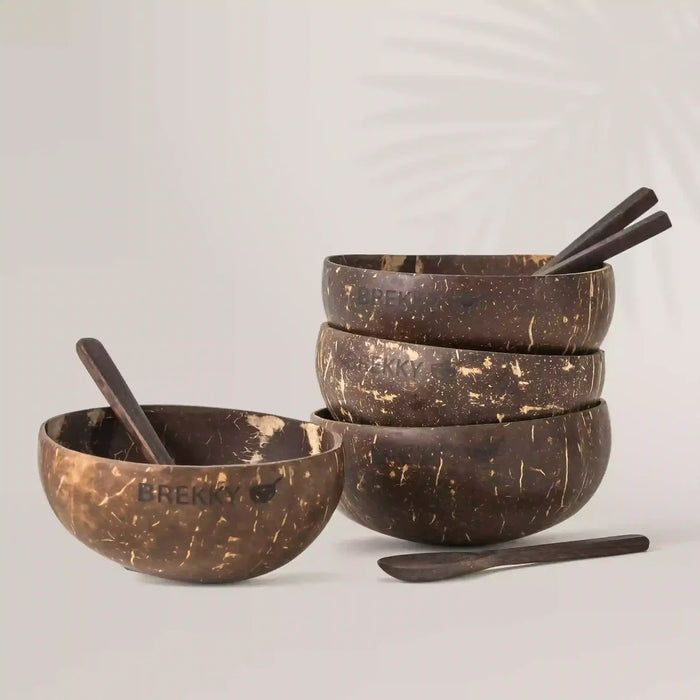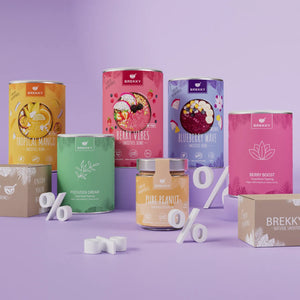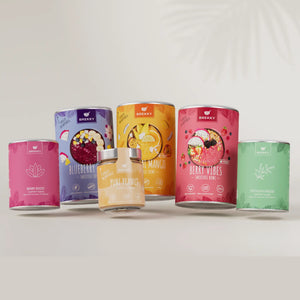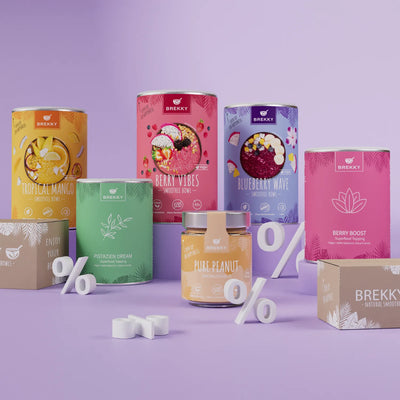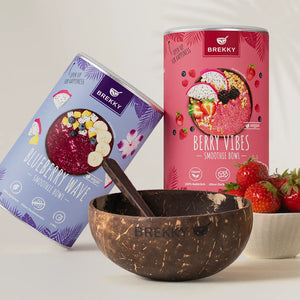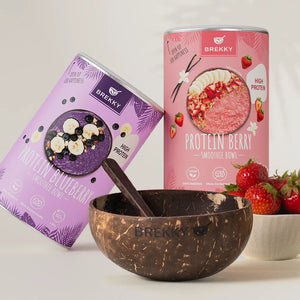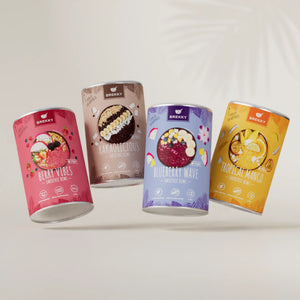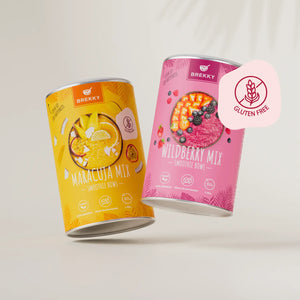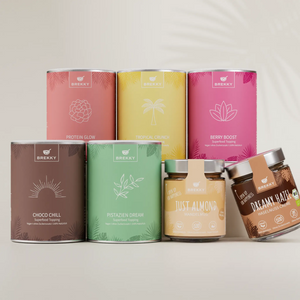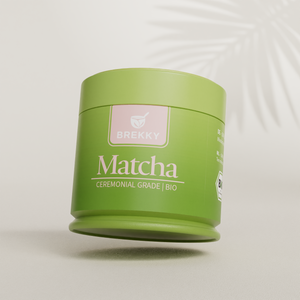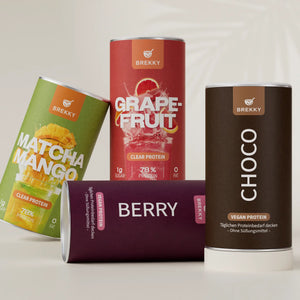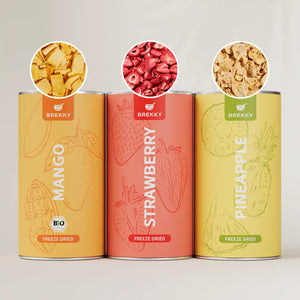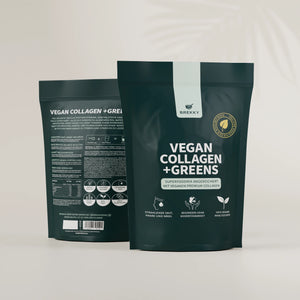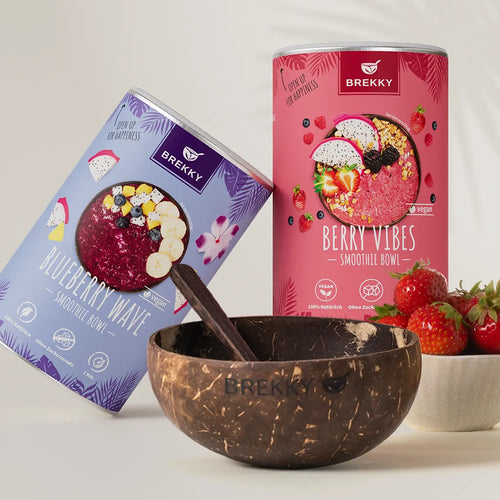Vegan protein powder: Clean label & ingredients simply explained
Contents
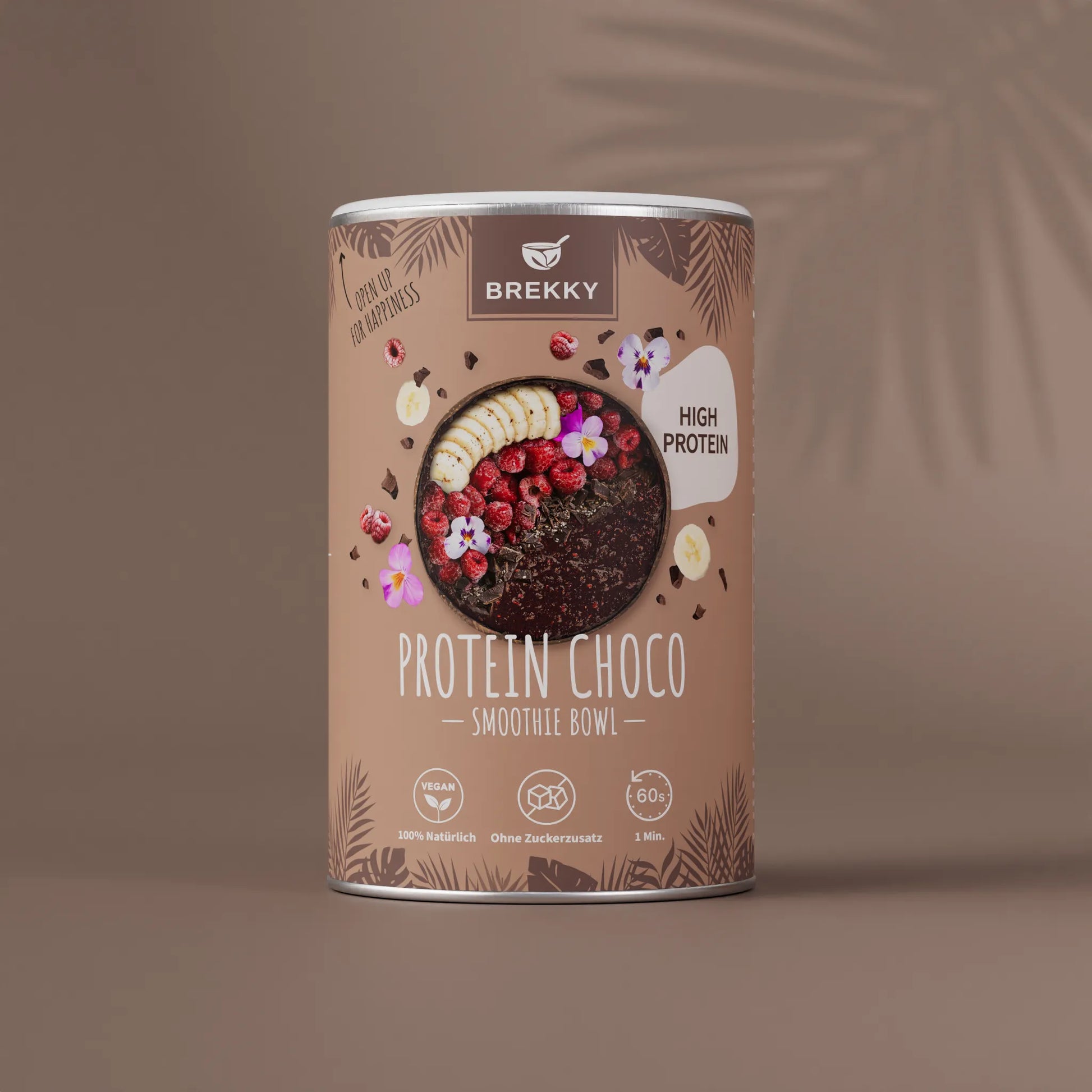
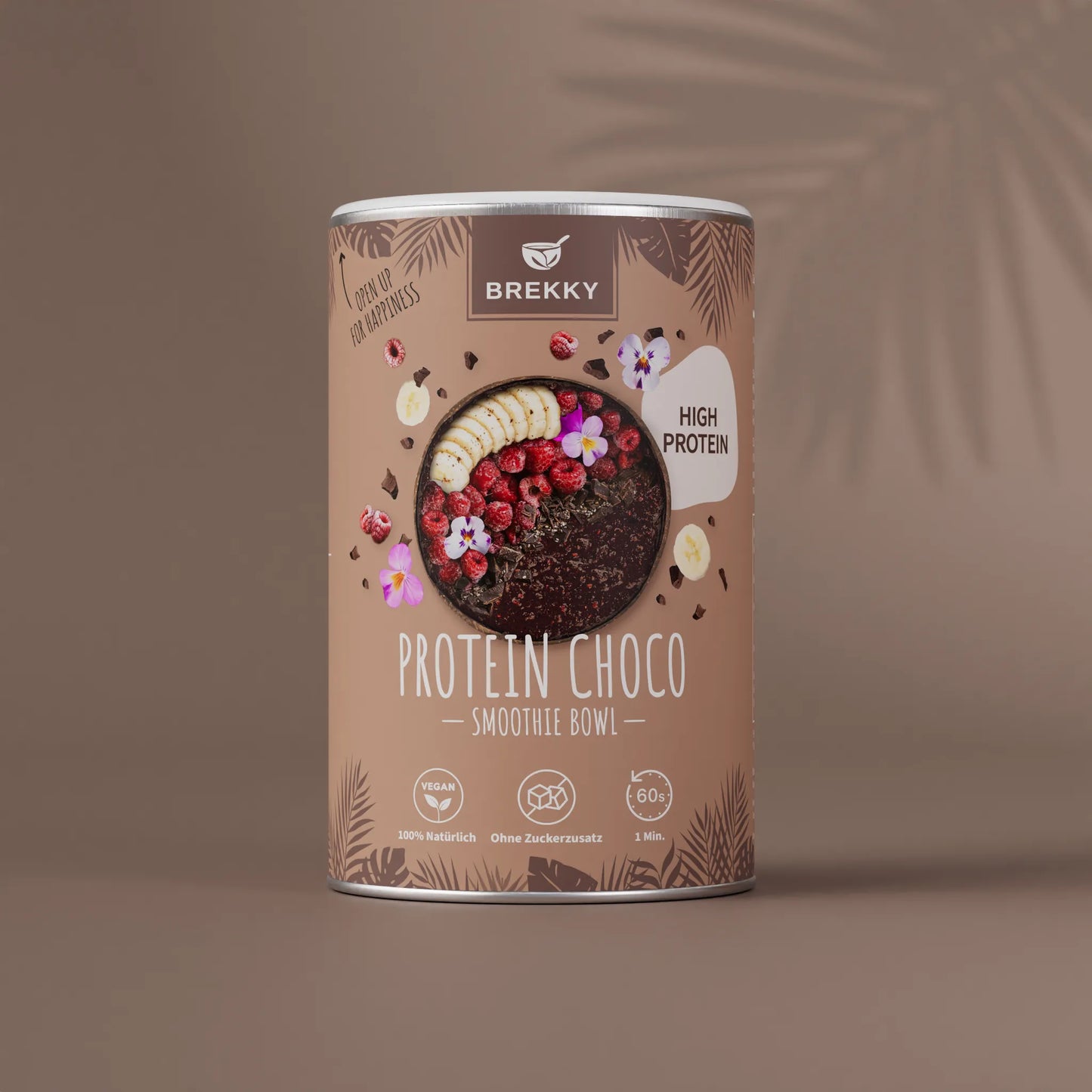
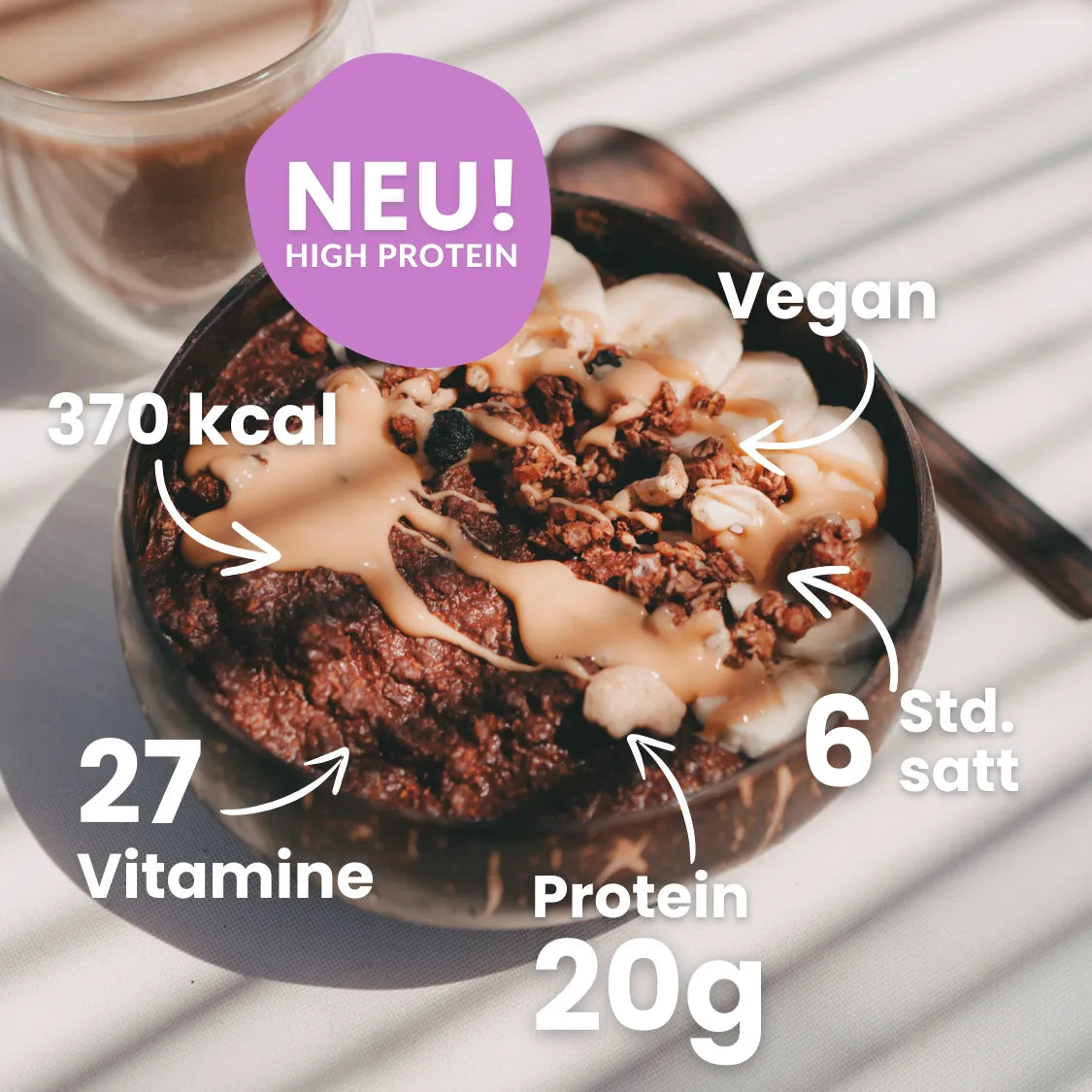
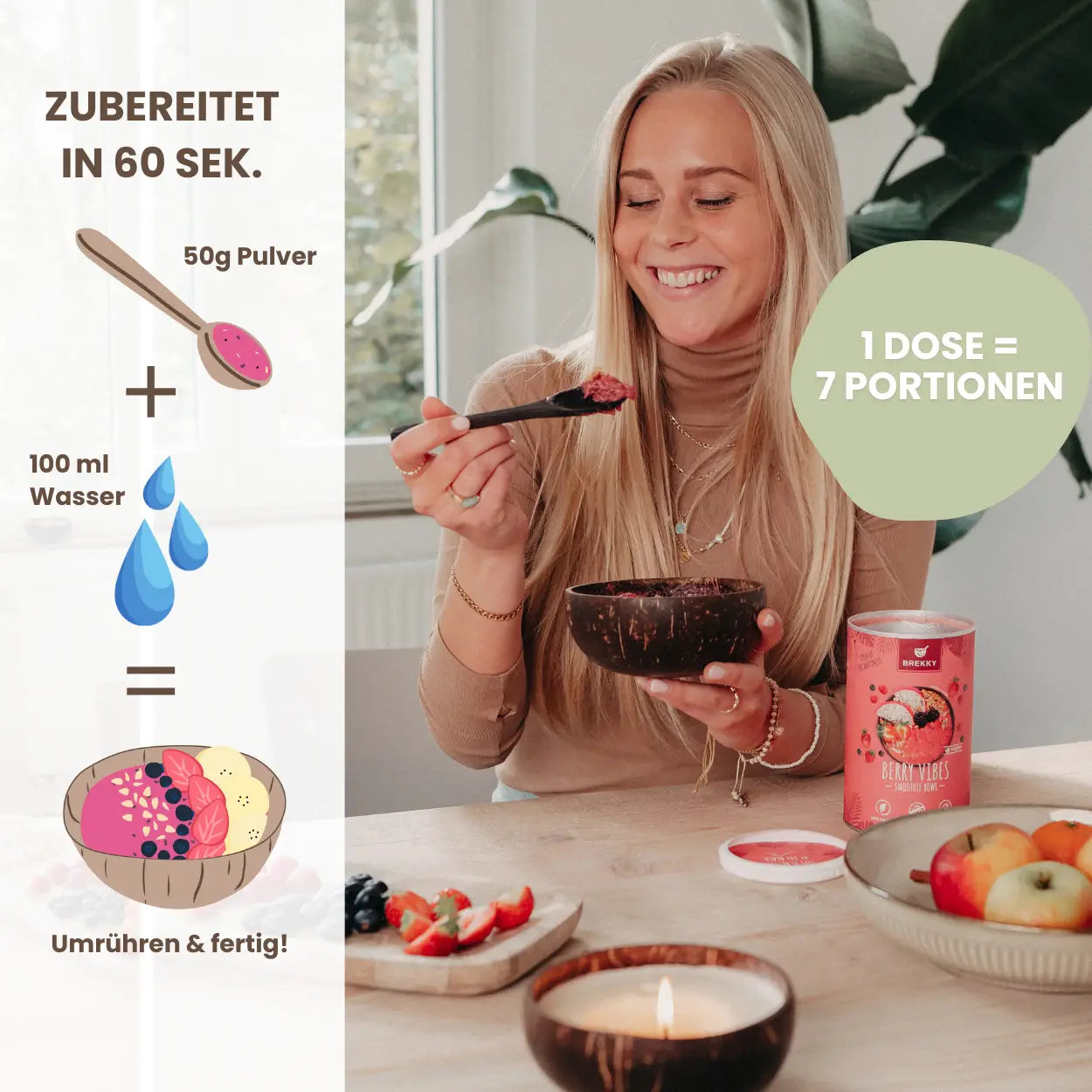
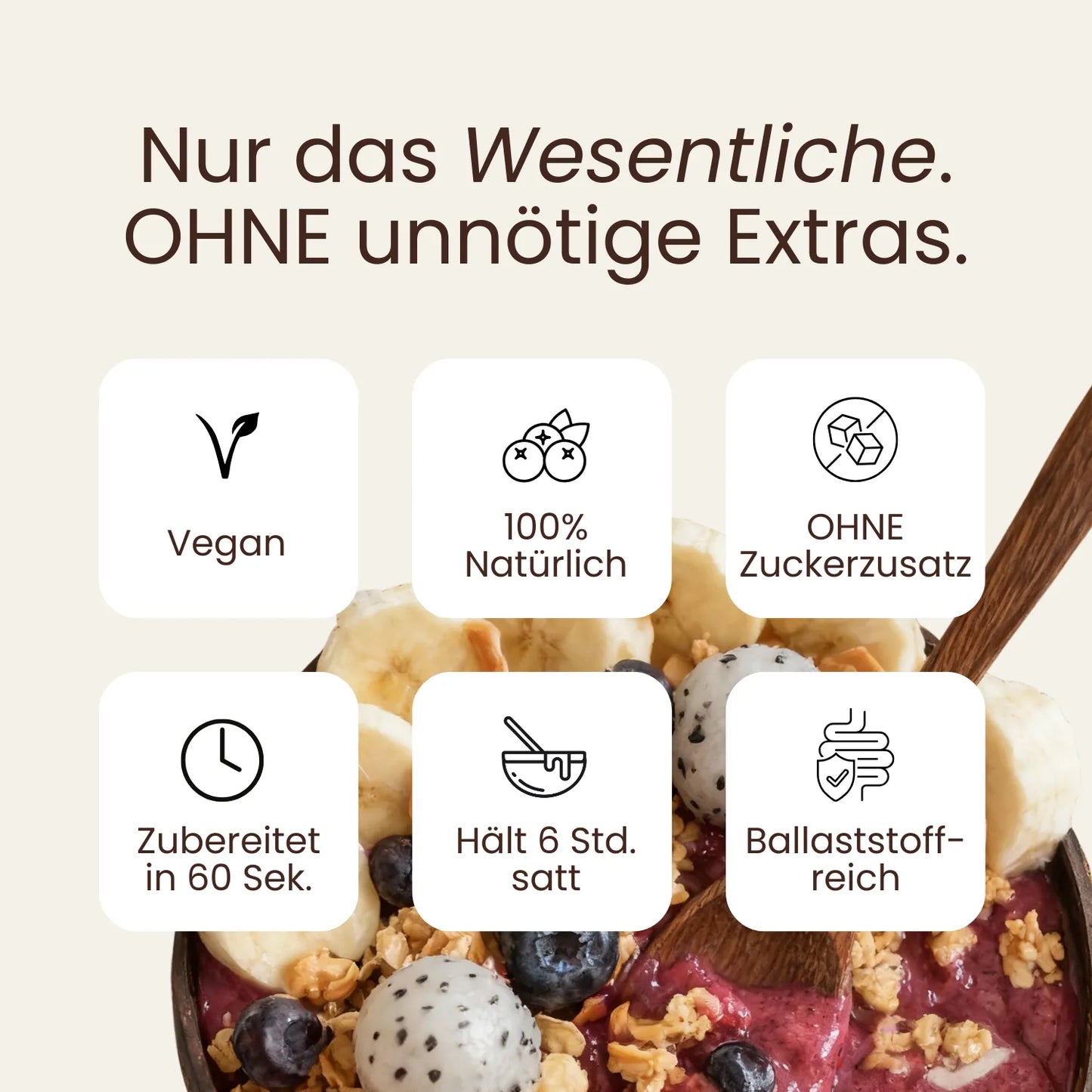
Critical ingredients under review

Sweetener risks: Sucralose, Stevia, Acesulfame K
Many vegan protein powders rely on sweeteners to achieve a sweet taste without sugar. But these substances are controversial.
- According to studies, sucralose can affect the intestinal flora.
- Although stevia is natural, it often has a bitter aftertaste and is heavily processed.
- Acesulfame K is suspected of altering insulin sensitivity in the long term.
The alternative: a vegan protein powder without sweeteners – that means no sugar, no substitutes, no hidden "sugar traps."
Thickeners: xanthan gum, guar gum
Xanthan gum and guar gum are often used to make the mixture more creamy. While they're safe in small amounts, they can cause bloating or bloating in sensitive individuals. Clean-label products usually avoid these additives altogether.
Flavors and artificial additives
Artificial flavors may taste intense, but they also taste artificial. "Natural flavors" are a gray area—they originate from nature but are isolated in a laboratory. For many health-conscious people, this is a deal breaker.
Soy lecithin and emulsifiers
Soy lecithin helps with mixing powder and water. However, it usually comes from genetically modified soy and is highly processed. Clean-label products instead rely on mechanically processed raw materials, which eliminate the need for emulsifiers.
Natural alternatives without sweeteners
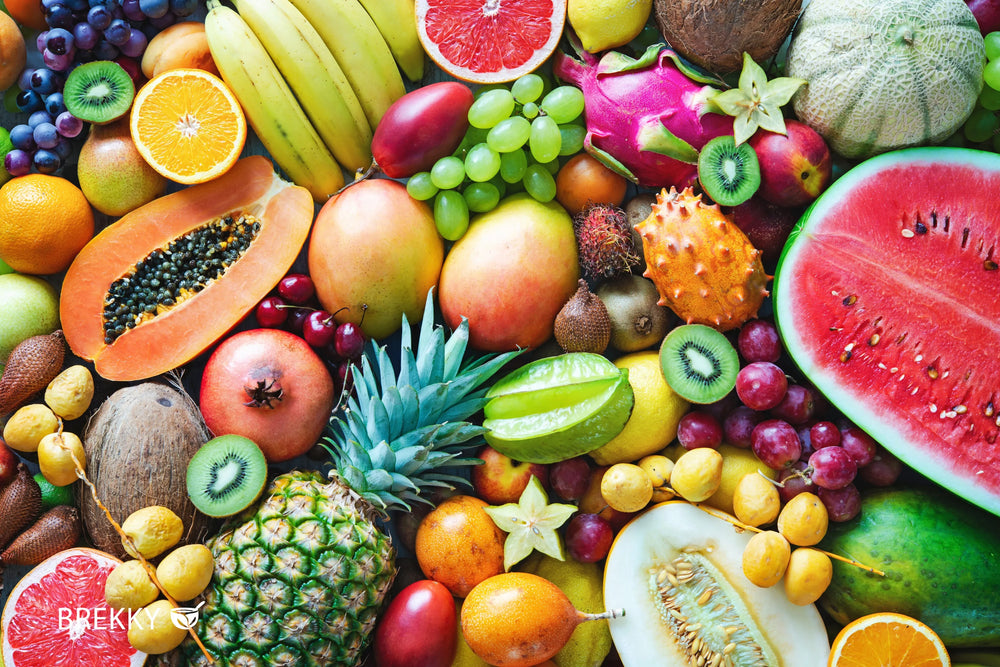
Fermented protein sources
Fermentation makes plant-based protein easier to digest. At the same time, natural umami notes are created that round out the taste experience – all without added sugar or sweeteners. Ideal for people looking for a vegan protein powder without sweeteners.
Fruit powder as a natural sweetener
A hint of banana, berry, or mango from freeze-dried fruit powder can add a pleasant sweetness to the powder—all without added sugar. Important: This sweetness is subtle and natural. It's no comparison to the sweetening power of sucralose or stevia.
Spices and superfoods to enhance taste
Cinnamon, vanilla, cocoa, or maca provide well-rounded flavors. They come directly from nature and, in addition to flavor, often also provide secondary plant substances – a real added value.
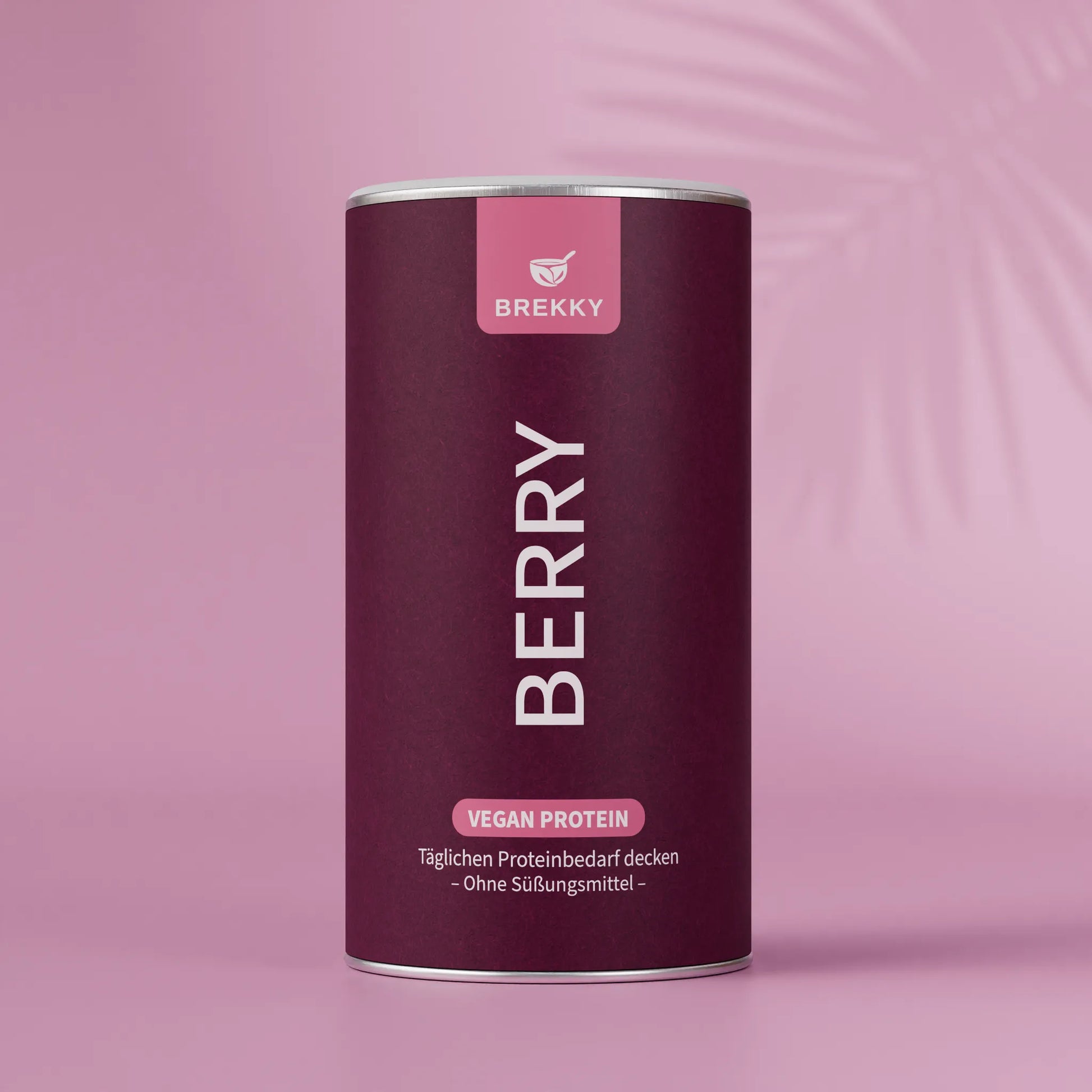
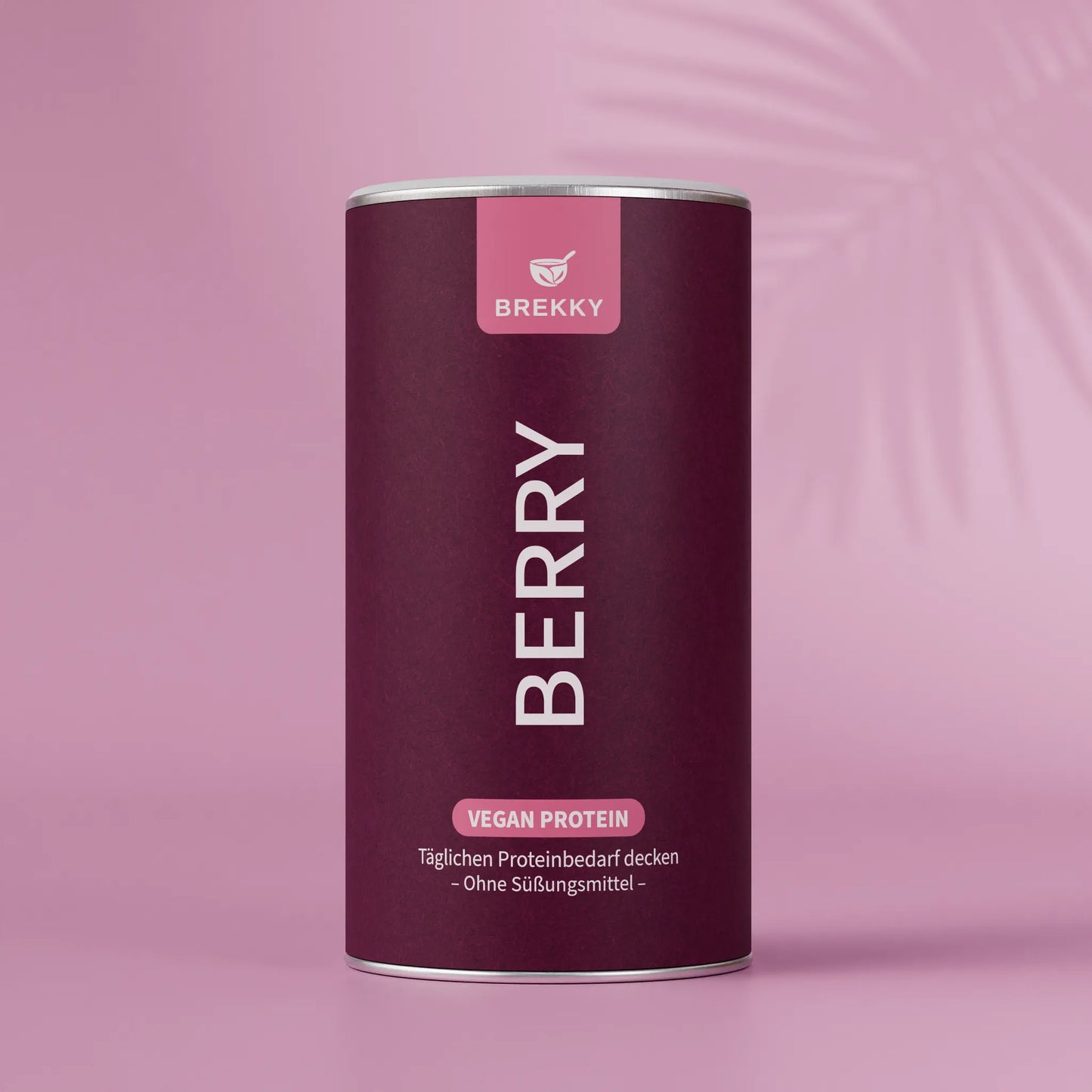
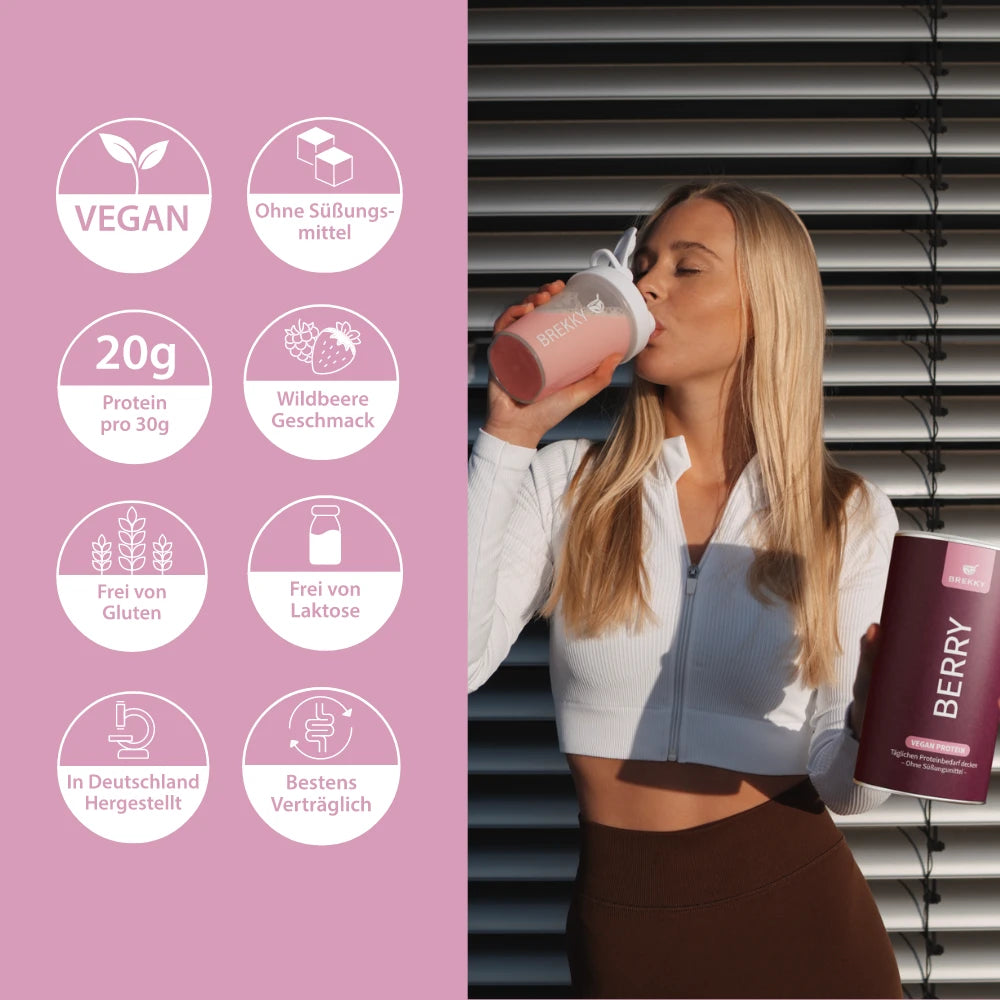
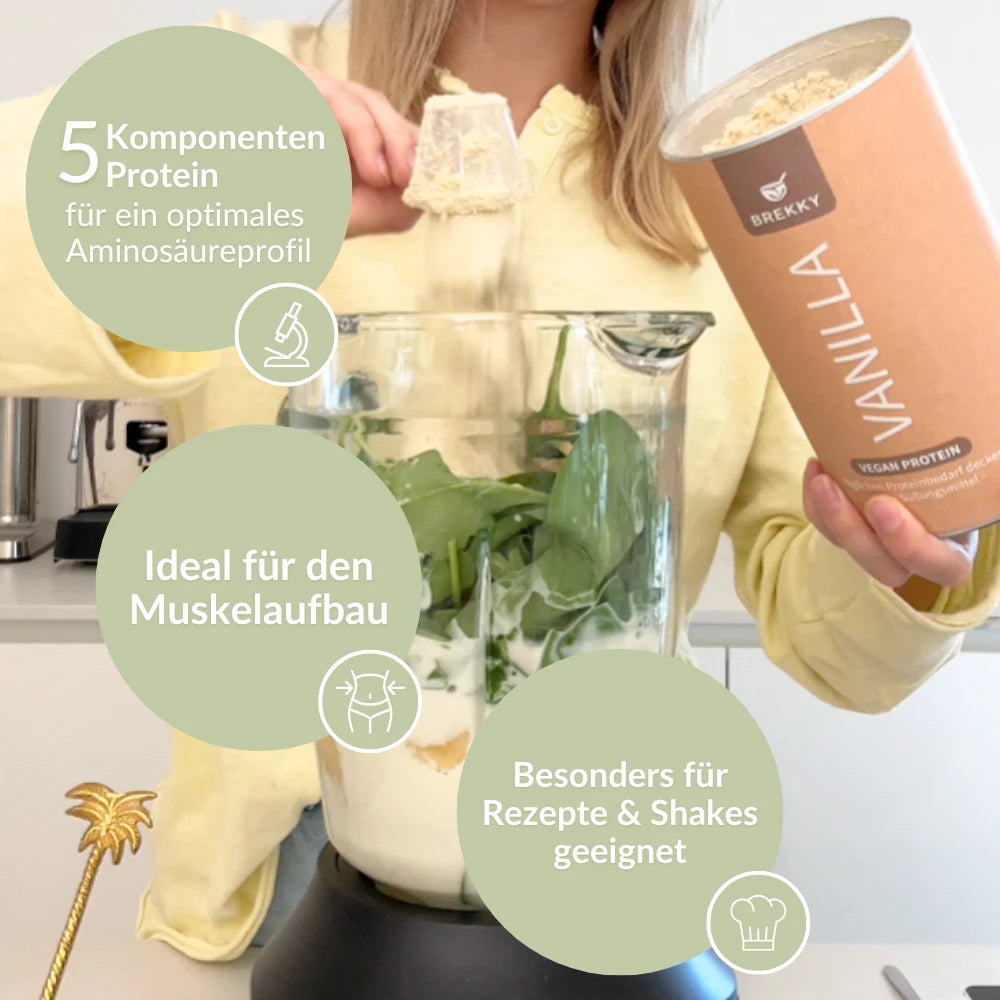
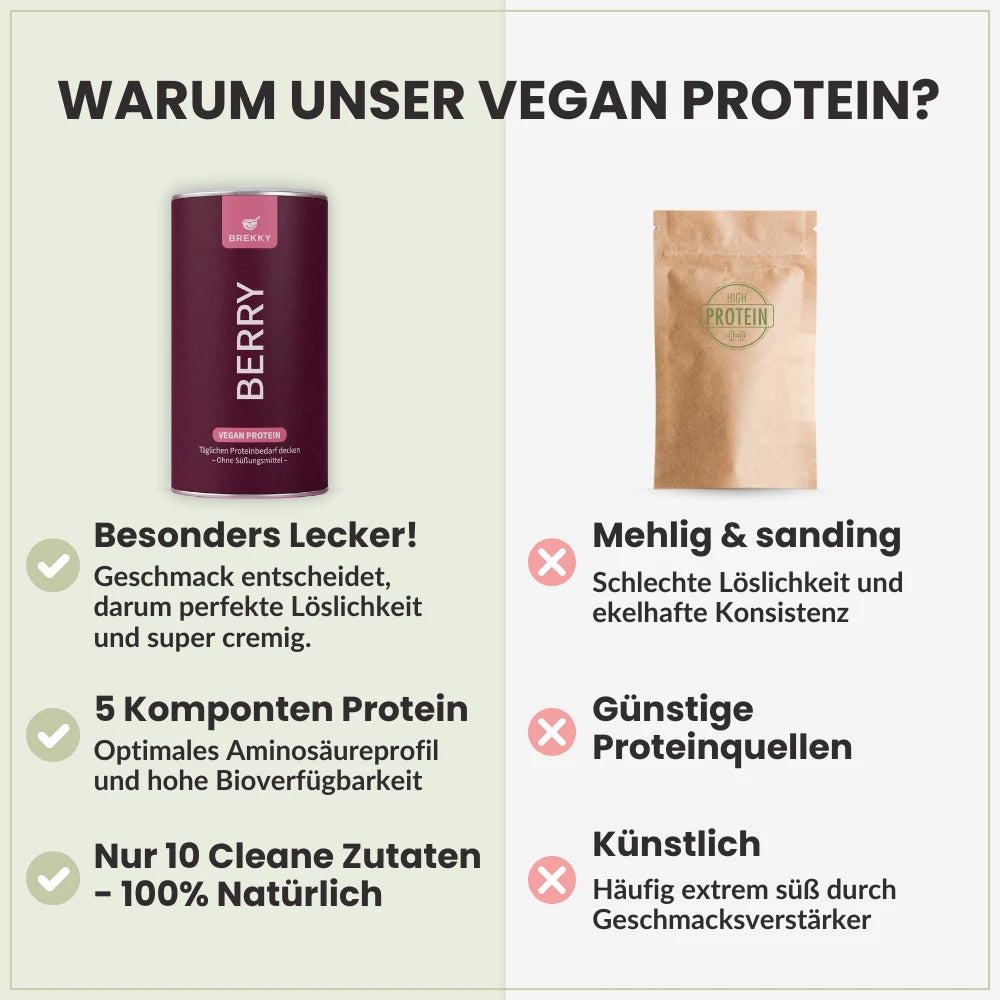


Certifications and quality seals
Practical guide: How to recognize clean label products

Step-by-step instructions for declaration
- Check the list of ingredients – the shorter the better.
- Avoid words like "flavoring," "sucralose," or "thickener."
- Pay attention to the origin information. Where does the pea or rice protein come from?
- No hidden sweeteners. These include: erythritol, xylitol, and steviol glycosides.
Laboratory analyses and independence tests
Many manufacturers publish independent laboratory analyses. These show:
- Amino acid profile
- Heavy metal content
- Pesticide residues A genuine clean-label product passes this test with ease – often even in organic quality.
FAQ: Frequently asked questions about clean-label protein powders
